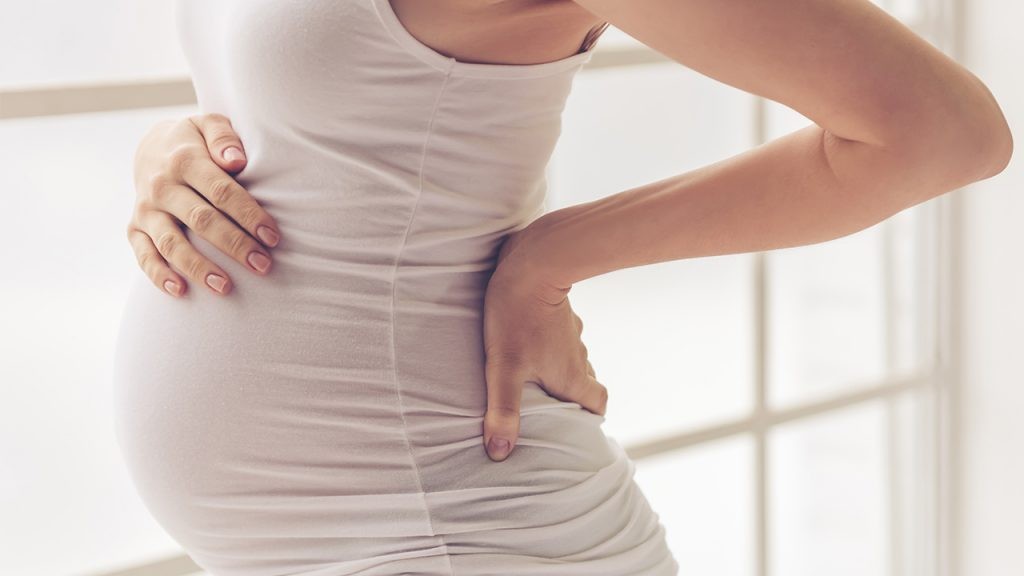Should you wear a pregnancy belt?
A common question we are asked, especially in the later stages of pregnancy, is “should I be wearing a pregnancy support belt??”

A pregnancy support belt is a stretchy belt worn around the pelvis just below the hips (not on the low back!) which helps add some compression to the pelvis joints, reducing the load. It can be especially useful in the later stages of pregnancy as relaxin kicks in (the hormone which allows the pelvis to open for baby to move through!).
However, it should not be assumed that you need to wear a belt! Why? If you are relying on an aid to support or get you out of pain, you are possibly not addressing the root cause of the issue. It could be something that is able to be resolved. Issues causing pelvic pain or discomfort are best addressed prior to giving birth, when we want your pelvis to be in tip-top function!
Common reasons for wearing a pelvic support belt are pain, discomfort and instability. Here we break down reasons for these issues, and the best way to resolve them:
- Pain. Pelvic pain in pregnancy can have many causes. Your chiropractor will perform a thorough assessment to firstly rule out issues which need referral to your GP or OB. Many joint and muscles issues can be causing pain, which we regularly see in practice. This includes pubic symphysis pain, sacroiliac joint pain and muscle tensions. These issues are commonly caused by pelvic imbalance – too much pressure is in one area of the pelvis, which is increased by the weight of baby. Your chiropractor will use different techniques to restore proper pelvic function, and if necessary give you at-home exercises and advice to help support you.
- Discomfort: similar to outright pain, pelvic discomfort during pregnancy might be best seen to earlier rather than later! Your Chiropractor will perform a thorough history and physical examination, determining the cause of your discomfort and discuss care tailored to your individual needs. A pelvic belt may be worn to aid while we help you get back on track, but isn’t necessarily great long term!
- Instability: in the case of true instability, a pregnancy support belt is a great tool to help reduce pain and improve function. However, true instability should always been diagnosed by your health professional so an individualised management plan can be put into place – make sure you are checked prior to leaning on the belt!
For any questions around pregnancy support belts, as well as brands and styles we recommend, ask your chiropractor! If you know someone who is pregnant who would benefit from this information, feel free to forward them this article
